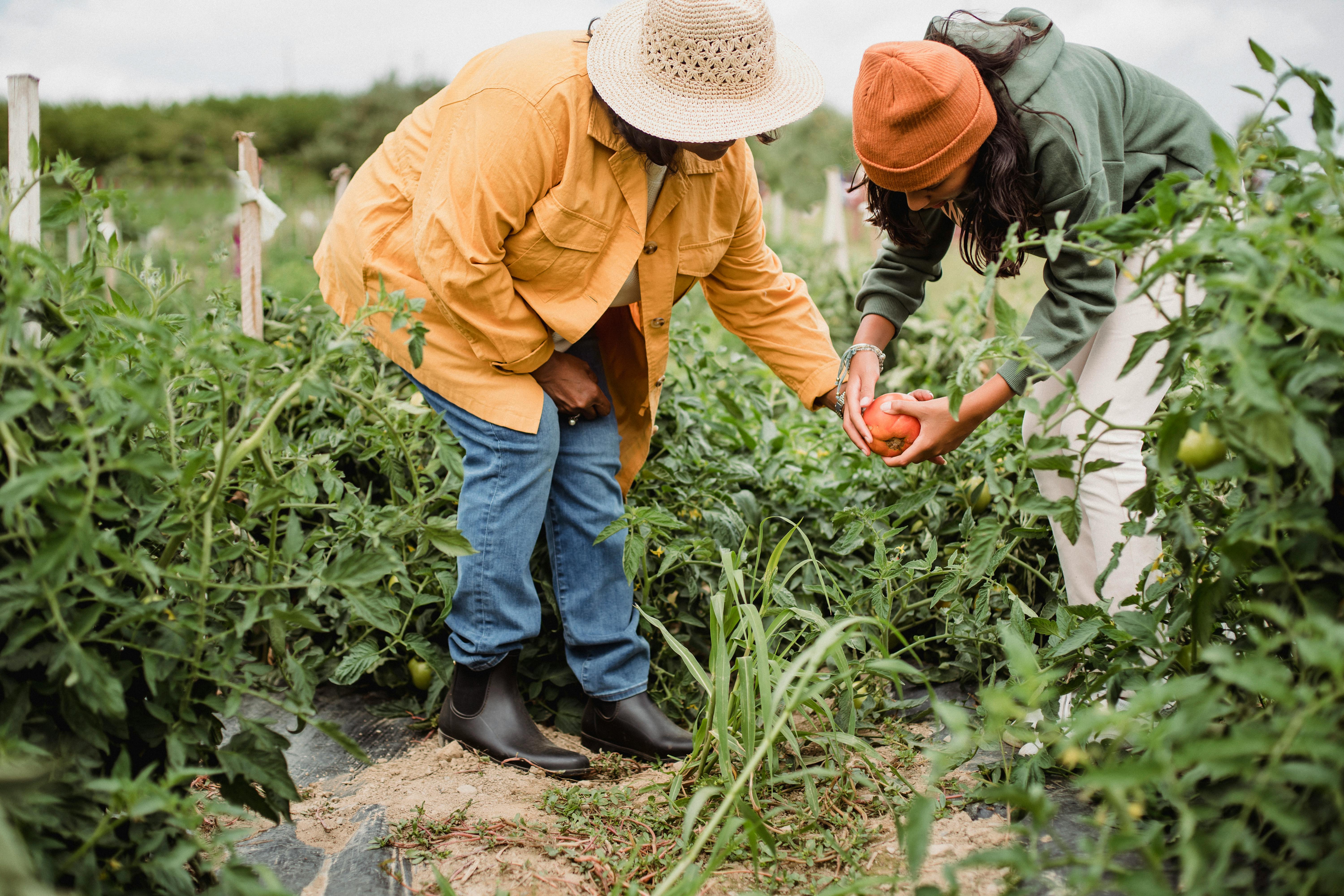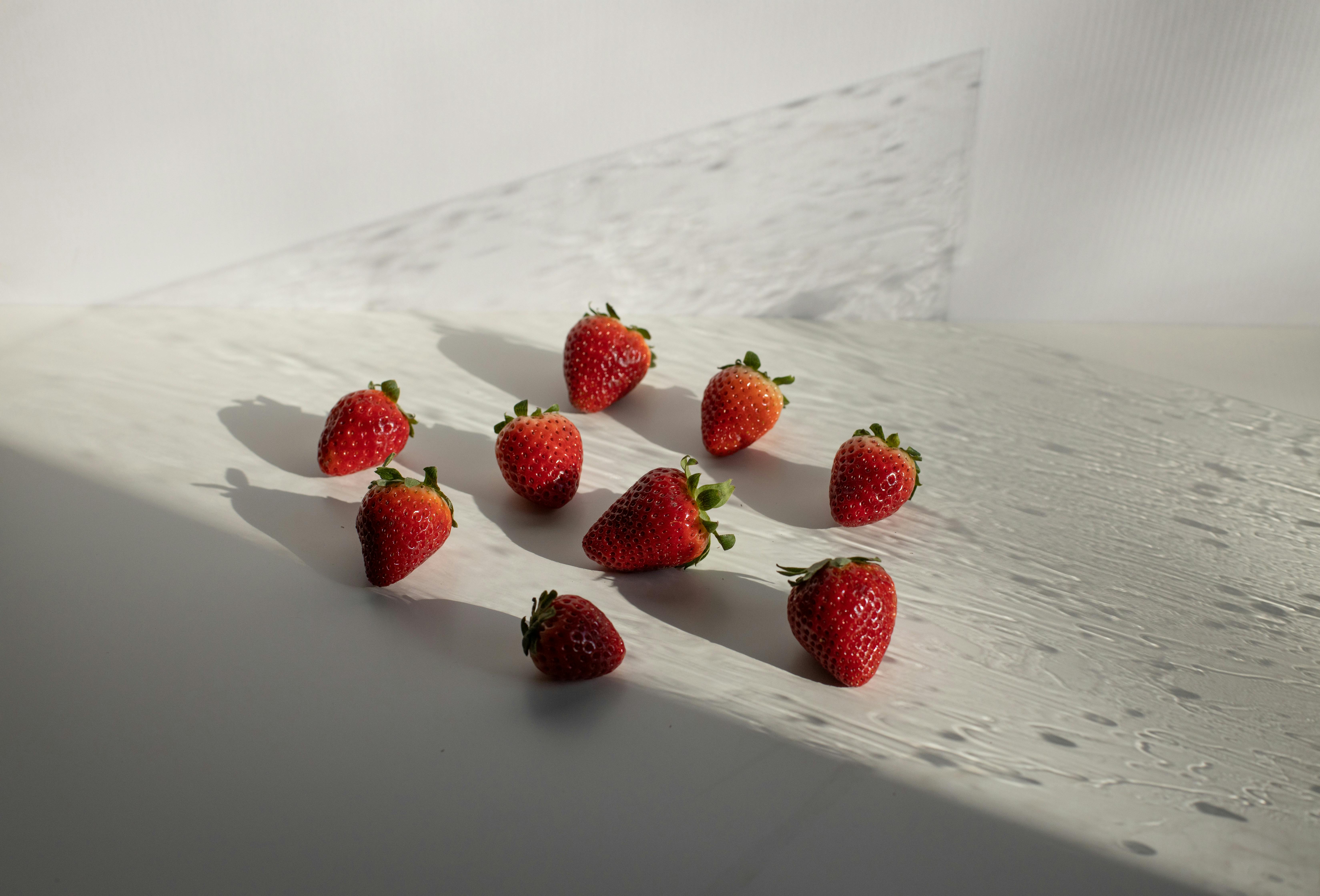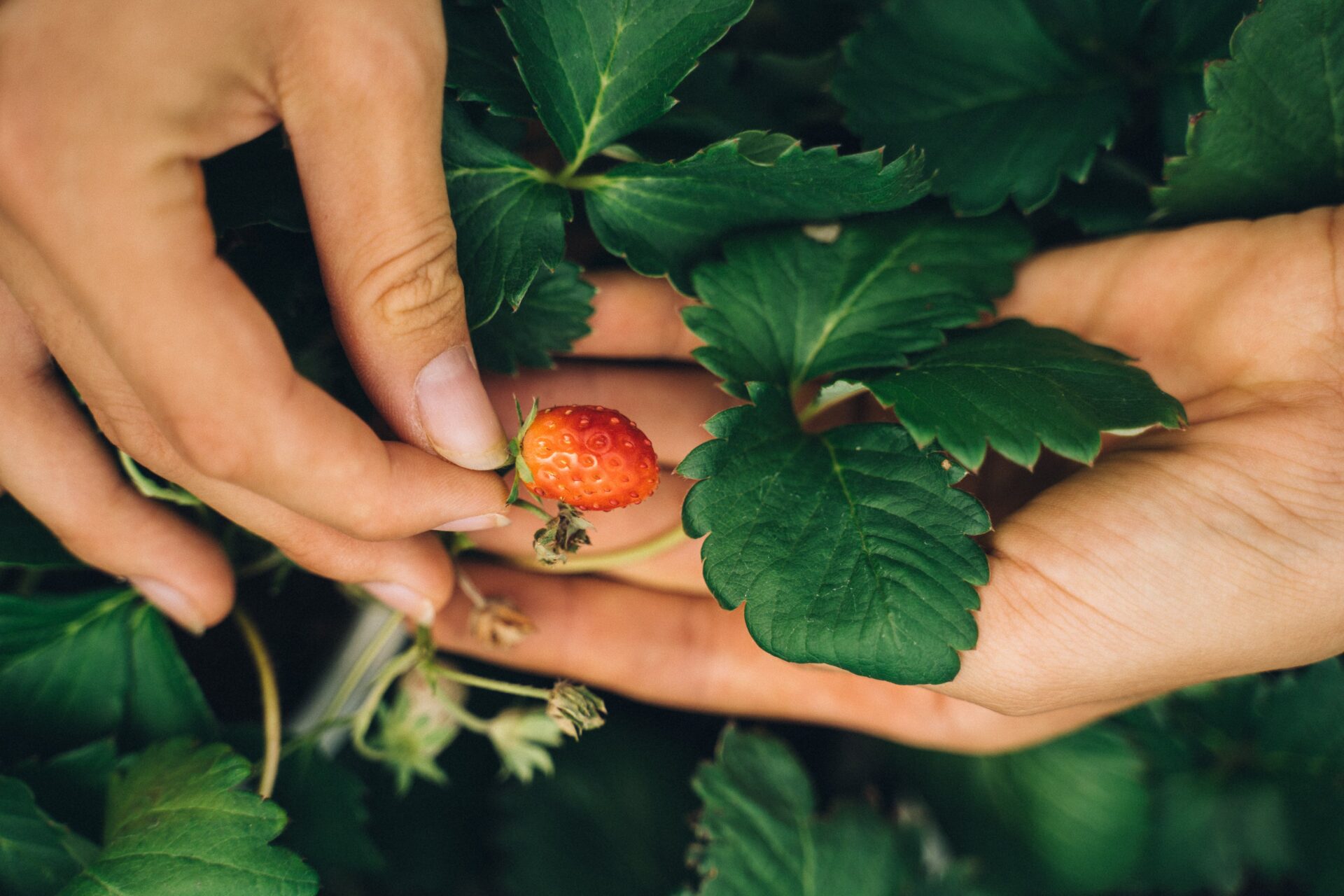Growing your own strawberries is a rewarding and delicious way to enjoy one of the most popular fruits. But when you are starting out, it can be hard to know how much produce to expect from a single strawberry plant. In this article, we will discuss how much one strawberry plant typically produces and what factors influence the yield.On average, one strawberry plant can produce up to 1 quart of berries over the course of the growing season. However, this number can vary depending on factors such as soil fertility, climate, and the variety of strawberry being grown.
Average Yield of a Strawberry Plant
Strawberry plants are prolific producers, and they can produce a significant amount of fruit each season. The average yield of a strawberry plant can vary greatly depending on the variety, the climate, and the care it receives. Generally speaking, in a temperate climate with adequate care, an average strawberry plant can produce several pounds of fruit each season. In warmer climates, the yield can be even higher.
The yield from strawberry plants is increased when they are planted in well-drained soil that is amended with compost or other organic matter. Mulching around the plants helps to control weeds and retain moisture in the soil. Plants should be watered regularly throughout the growing season and fertilized with a balanced fertilizer at least once during the season. Removing any blossoms during early summer helps to encourage more vigorous growth for larger yields later in the season.
Harvesting strawberries should begin when the berries are fully ripe. The best way to determine ripeness is by their color – ripe strawberries will be deep red all over. Berries should be picked as soon as they are ripe in order to maximize flavor and texture; unripe berries will not ripen off the plant and will have poor flavor if eaten raw.
The average yield of a strawberry plant can vary greatly depending on many factors, but it is typically several pounds per plant in most conditions. With good care and maintenance, yields from strawberry plants can be maximized for maximum enjoyment of their sweet flavor and juicy texture.
Soil Conditions
Strawberry plants require well-draining, sandy soil with a pH of 5.8 to 6.2 for optimal growth and production. The soil should be amended with compost or aged manure prior to planting to improve fertility and drainage. Poor soil conditions can lead to disease, poor quality fruit, and low yields. It is also important that the soil is evenly moist and not allowed to dry out too much between watering.
Fertilizer
Strawberry plants need to be fertilized regularly in order to ensure healthy growth and good yields of fruit. A balanced fertilizer such as 10-10-10 should be applied in spring and again in early summer at the rate recommended on the package label. Excessive amounts of fertilizer can cause burning of leaves and flowers, so it is important to follow directions carefully.
Weed Control
Weed control is essential for successful strawberry production as weeds compete with the plants for water, nutrients, and light. The use of mulch can help reduce weed pressure by blocking sunlight from reaching weed seeds in the soil. Hand weeding or using a hoe can also be effective in controlling weeds.
Protection from Pests & Disease
Strawberries are susceptible to a variety of pests and diseases which can reduce yields or even kill plants if left unchecked. Common pests include slugs, aphids, mites, snails, caterpillars, thrips, spider mites, cutworms and earwigs. Common diseases include leaf spot disease, powdery mildew, gray mold, verticillium wilt and root rot.
To control pests and diseases it is important to practice good sanitation by removing diseased or dead plant material from the garden area. Applying an appropriate pesticide according to label instructions may also help reduce pest populations or prevent disease outbreaks.
Pruning & Training
Pruning is an important step for successful strawberry production as it helps maintain healthy growth habits by removing dead or damaged foliage or branches. Pruning should be done when plants are dormant in late winter or early spring before new growth begins. Training strawberry plants onto trellises or other support structures will help keep them upright and make harvesting easier.
Harvesting & Storage
Strawberries should be harvested when they are ripe which generally occurs three to four weeks after bloom depending on variety and weather conditions. It is best to harvest berries every two days during peak ripening periods as strawberries will not ripen further once picked off the plant. It is also important that strawberries are stored properly after harvest in order to preserve their freshness for longer periods of time.
Varieties of Strawberries That Produce High Yields
Strawberries are one of the most popular and widely grown fruits in the world. They are delicious, versatile, and a great source of vitamins and minerals. Growing strawberries can be a rewarding experience for gardeners, but some varieties are better suited for high yields than others. Here are some of the best strawberry varieties to choose from for maximum yield:
Albion is an everbearing variety that produces large, juicy strawberries with excellent flavor. It is highly tolerant of disease and pests, making it an ideal choice for growers in warmer climates. Albion is also resistant to cracking and has good storage potential, so it can be harvested over a longer period of time.
Chandler is an everbearing variety that produces large berries with excellent flavor. It is very tolerant of cold weather, making it a great choice for cooler climates. Chandler does well in moist soils and has good disease resistance. It can produce a high yield when planted correctly.
Seneca is an early-season variety that produces sweet strawberries with excellent flavor. It is highly resistant to disease and pests, so it’s an ideal choice for growers in warmer climates where other varieties may struggle. Seneca produces medium-sized fruits with good shelf life, making it a great choice for commercial growers as well as home gardeners.
Totem is an everbearing variety that produces large berries with excellent flavor. Totem has good disease resistance and resists cracking in wet weather conditions. It does well in moist soils and can produce a high yield when planted correctly. Totem also has good storage potential, so it can be harvested over a longer period of time.
These are just some of the best varieties of strawberries to choose from if you want to get the highest yield possible from your garden or farm plot. With careful selection and proper planting techniques, you can enjoy delicious strawberries year-round!
Growing Conditions Needed For High Yields From Strawberry Plants
Strawberry plants require the right growing conditions to produce high yields. The proper soil type, adequate sunlight, and proper watering are all important factors in ensuring that the plant produces a large amount of fruit. The soil should be well-draining and amended with compost or fertilizer to boost fertility and provide essential nutrients for the plants. Adequate sunlight is necessary for successful pollination, which will lead to a larger crop. The plants should also be watered regularly but not overly saturated. It is important to monitor soil moisture levels and adjust watering accordingly. Additionally, it may be beneficial to use mulch or plastic coverings to protect the plants from extreme temperatures and conserve moisture in the soil. With the correct growing conditions, strawberry plants can give you a large harvest of sweet, juicy strawberries each year.

Soil Preparations for Best Yields of Strawberry Plants
Strawberry plants require well-drained soil with a pH of 5.5 to 6.8. The soil should be full of organic matter, such as compost and manure, which helps improve the fertility and drainage of the soil. To ensure an optimal environment for strawberry plants, it is important to prepare the soil before planting. This includes amending the soil with organic material, tilling or spading, and adding fertilizer.
To amend the soil for strawberry planting, add organic material such as compost or aged manure to improve its fertility and drainage qualities. This helps provide the necessary nutrients that strawberry plants need to thrive. After amending the soil, it is important to till or spade it to a depth of 8 inches or more to ensure that all of the amendments are mixed in evenly throughout the entire area where you will be planting strawberries.
Once the soil is amended and tilled properly, add fertilizer to provide additional nutrients for your strawberry plants. Fertilizers should be applied in late fall or early spring before planting your strawberries. The type of fertilizer you use depends on your local conditions; however, a balanced fertilizer such as 10-10-10 or 8-8-8 works best for most gardens growing strawberries. Apply this according to package instructions and then work it into the top 4 inches of soil with a hoe or rake.
By taking these steps to properly prepare your soil before planting strawberries, you can ensure that your plants will receive all of the necessary nutrients they need to produce healthy and delicious fruits.
Optimal Temperature
Strawberry plants are best grown in an environment with temperatures in the range of 60-80°F (15-27°C). Temperatures higher than this can cause the plants to become stressed and produce less fruit. In addition, extreme heat can cause the plant to stop producing altogether. To ensure that your strawberry plants stay healthy and are able to produce, it is important to keep the temperature within this range.
Optimal Sunlight
Strawberry plants need a minimum of 6 hours of direct sunlight per day in order to thrive. Too little sunlight can result in poor growth and low yields. If possible, provide your strawberry plants with 8-10 hours of direct sunlight per day for optimal production. Additionally, be sure to provide your plants with some shade if temperatures become too hot or if there is any risk of burning or dehydration due to overexposure to sunlight.
Strawberry Plant Placement
When planting multiple strawberry plants, it is important to consider the placement of each plant. Strawberries need plenty of sunlight and should be planted in an area that receives at least 8 hours of direct sunlight a day. They do best when planted in a raised bed or in rows with at least 18 inches between each plant. It is also important to make sure that the soil is well-drained and has a pH of 6.0 to 7.0 for optimal growth.
Fertilizing and Watering
Once the plants are in place, they will need to be fertilized and watered regularly. Fertilizer should be applied every two weeks during the growing season, while watering should be done daily or every other day during hot, dry spells. Make sure not to over water as this can lead to root rot and other diseases. Mulching around the plants will help keep moisture in the soil and help with weed control.
Disease Prevention
It is also important to practice good disease prevention when planting multiple strawberry plants. Strawberries are susceptible to various diseases such as root rot, powdery mildew, and anthracnose. To prevent these diseases, it is best to rotate crops every three years or so, avoid overhead irrigation, remove any diseased plants immediately, and use certified disease-free seedlings if possible.
Harvesting
When harvesting strawberries from multiple plants it is important to keep track of which plant each berry came from so that you can rotate crops accordingly next season. It is also important to pick ripe berries as soon as possible after they turn red as unripe berries will not continue ripening off the vine.

Conclusion
In conclusion, a single strawberry plant can produce an impressive amount of fruit. Depending on the variety of strawberry, a single plant can produce anywhere from 10 to 30 berries in its first season. After that, the yield increases, with some varieties producing up to 200 berries per season. As such, growing your own strawberries can be a great way to get your daily dose of vitamin C and enjoy fresh strawberries all summer long.
However, it’s important to note that strawberries require a lot of maintenance. You’ll need to fertilize them regularly and keep pests away if you want to maximize your yield. Fortunately, with some time and effort, you can grow your own delicious strawberries right in your backyard.



